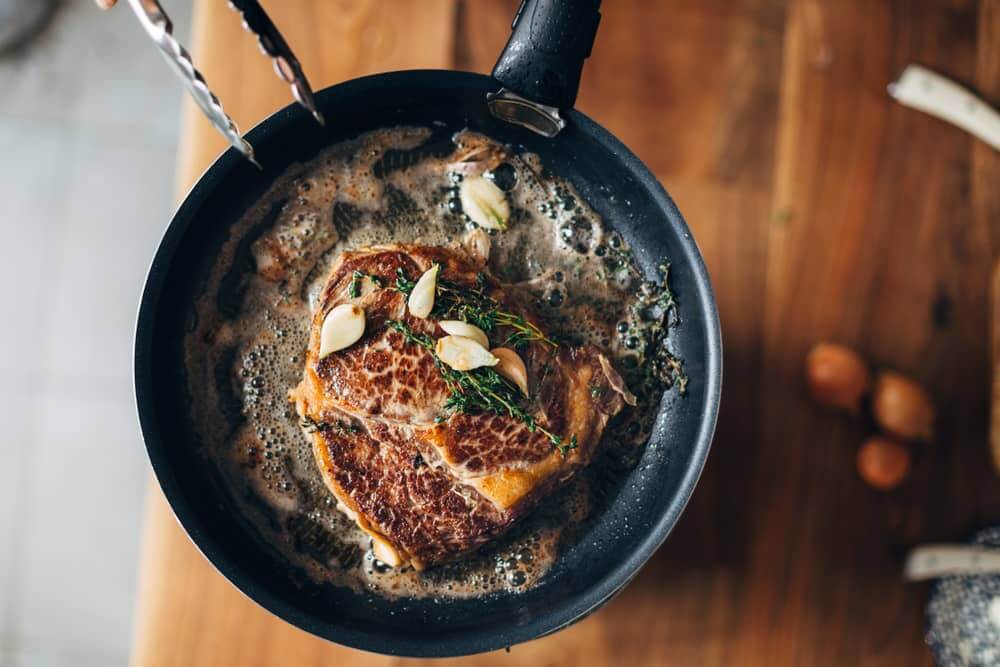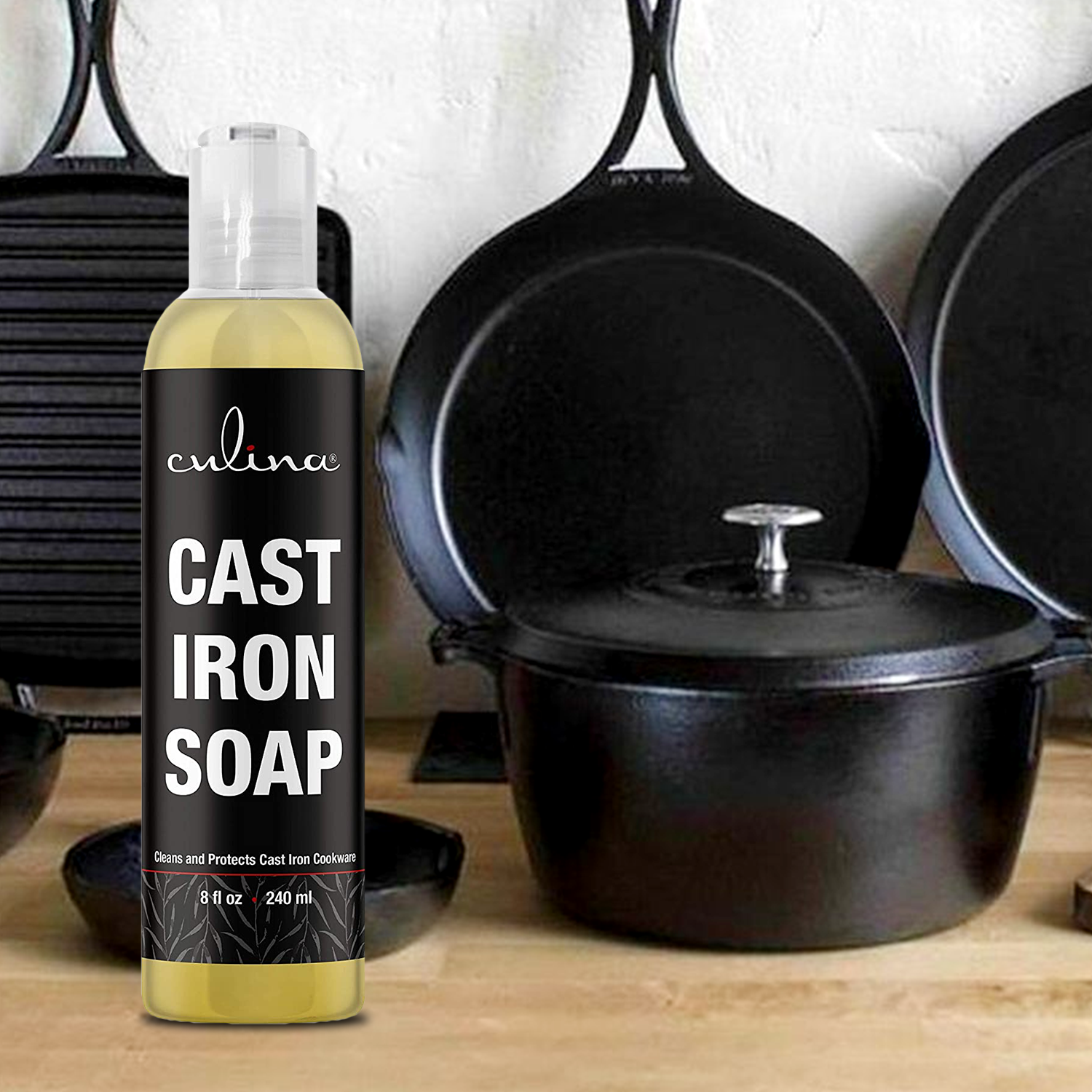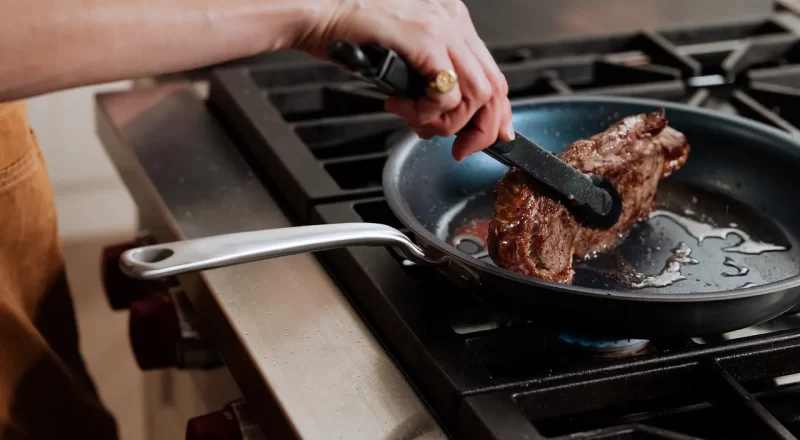Cleaning a cast iron skillet is a task that can seem daunting, especially when you’ve got stubborn, bad oil clinging to your beloved cookware. Many kitchen professionals find themselves wrestling with this issue, wondering how best to restore their skillets to their former glory. Luckily, its here – a detailed guide on how to clean bad oil off cast iron skillet effectively.
Cast iron skillets are cherished for their durability and exceptional cooking performance. However, their porous surface can sometimes make them tricky to clean. Lets break down the process of cleaning your cast iron skillet, tackling bad oil and ensuring it remains in terrific condition for years to come.

Understanding the Importance of Keeping Your Cast Iron Skillet Clean
For kitchen professionals, understanding why keeping your cast iron skillet clean is crucial. Bad oil build-up can ruin the cooking surface, affect the taste of your food, and even lead to pan damage. Regular maintenance helps in maintaining the skillet’s longevity and enhances its cooking performance.

Gathering the Right Cleaning Materials
Essential Cleaning Supplies
- Bristle Brush or Scrubber
- Salt or Baking Soda
- Warm Water
- Non-abrasive Sponge
- Dish Towel
- Vegetable Oil or Cast Iron Conditioner
Optional Cleaning Supplies
- Lemon Juice or Vinegar
- Wooden Scraper

Step-By-Step Guide to Cleaning Bad Oil Off Cast Iron Skillet
Step 1: Removing Loose Debris
Before tackling the bad oil, remove any loose debris from your skillet using a bristle brush or scrubber. This initial step makes the subsequent cleaning process more efficient.
Step 2: Applying Salt or Baking Soda
Generously sprinkle salt or baking soda over the affected areas. These substances act as mild abrasives, helping to dislodge stubborn oil residues without damaging the skillet’s surface.
Step 3: Scrubbing the Surface
Using a non-abrasive sponge or scrubber, scrub the skillet in a circular motion. Focus on the areas with the bad oil build-up. For extra stubborn spots, you can add a bit of warm water to help.
Step 4: Rinsing with Warm Water
Rinse the skillet thoroughly with warm water to remove the dislodged oil and residue. Make sure not to use soap, as it can strip away the skillet’s seasoning.
Step 5: Drying Completely
After rinsing, dry the skillet thoroughly with a dish towel. It’s crucial to avoid any moisture on the skillet to prevent rust. You can also place it on a low-heat burner for a few minutes to ensure its completely dry.
Step 6: Re-seasoning the Skillet
Once the skillet is dry, apply a thin layer of vegetable oil or cast iron conditioner. This step is essential to restore the skillet’s seasoning, which protects it from rust and creates a non-stick surface. Heat the skillet in the oven or on the stovetop until it starts to smoke lightly, then let it cool.
Preventing Future Build-Up of Bad Oil
Regular Cleaning Routine
Establishing a regular cleaning routine helps prevent bad oil build-up. Clean your skillet after each use, even if it doesn’t appear dirty. This practice ensures that residues don’t accumulate over time.
Proper Storage
Store your cast iron skillet in a dry place. If possible, keep it out of humid environments to avoid rust, and always ensure it’s completely dry before storing.
Use the Right Oils
Using the right oils when cooking can also help prevent bad oil build-up. Oils with high smoke points like vegetable oil, canola oil, or even specific cast iron conditioners are ideal for use with cast iron skillets.
Common Mistakes to Avoid
Using Soap
One of the biggest mistakes is using soap to clean a cast iron skillet. Soap can strip away the skillet’s seasoning, which is essential for its non-stick properties and rust prevention.
Not Drying Properly
Another common mistake is not drying the skillet thoroughly after cleaning. Any moisture left on the skillet can cause rust, which is detrimental to its longevity and performance.
Re-seasoning Your Cast Iron Skillet
Even with the best care, cast iron skillets may periodically require re-seasoning. This process involves coating the skillet with a thin layer of oil and heating it until it polymerizes, creating a durable, non-stick surface.
Additional Tips for Maintaining Your Cast Iron Skillet
Tip 1: Avoid Acidic Foods
While cast iron skillets are versatile, cooking highly acidic foods like tomatoes can strip the seasoning. If you need to cook with acidic ingredients, be sure to re-season your skillet more frequently.
Tip 2: Use with Care
Handle your cast iron skillet with care. Avoid scratching the surface with metal utensils, and use wooden or silicone utensils instead.
Tip 3: Regular Inspections
Regularly inspect your skillet for any signs of rust or damage. Addressing these issues promptly will help maintain your skillet’s performance and longevity.
FAQs
How often should I clean my cast iron skillet?
Ideally, clean your cast iron skillet after every use. This prevents food residues and oils from building up and helps maintain the skillet’s seasoning.
Can I use steel wool to clean bad oil off my cast iron skillet?
It’s best to avoid using steel wool as it can strip away the seasoning. Instead, use a non-abrasive scrubber and mild abrasives like salt or baking soda.
What should I do if my cast iron skillet rusts?
If your cast iron skillet rusts, you can restore it by scrubbing off the rust, re-seasoning it, and maintaining a regular cleaning routine. For more detailed guidance, visit the Homesteading Family guide.
Maintaining a clean and well-seasoned cast iron skillet doesn’t have to be daunting. With these simple steps and regular maintenance, you can keep your skillet in terrific condition, ready for many delicious meals. For more tips, check out how to clean greasy cast iron skillet or how to repair cast iron. Happy cooking!
As an Amazon Associate, I earn from qualifying purchases.

